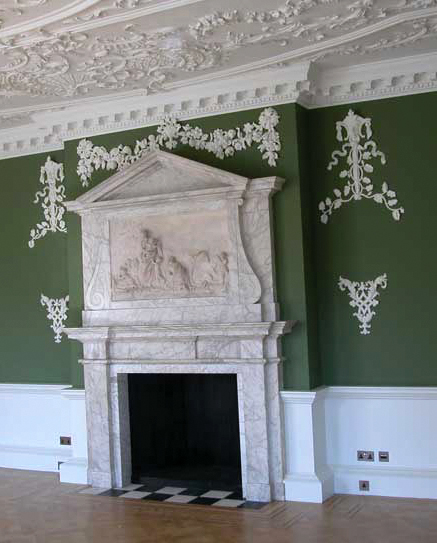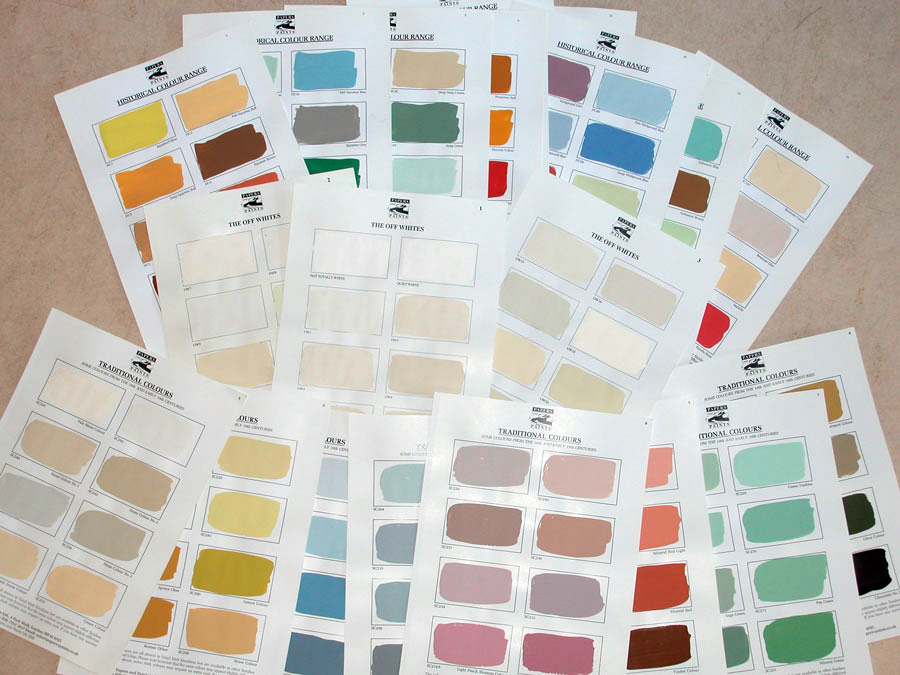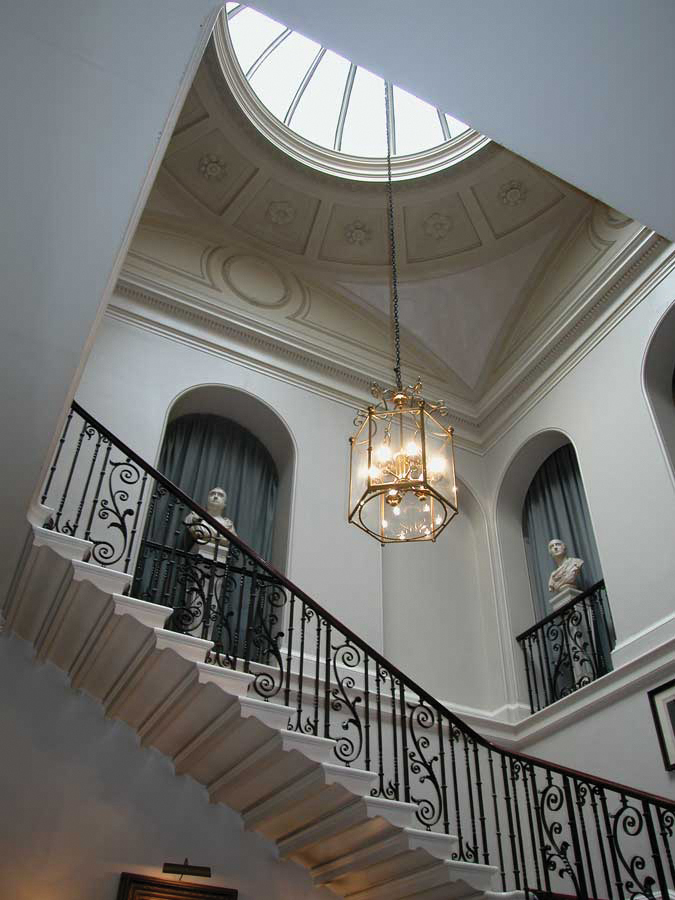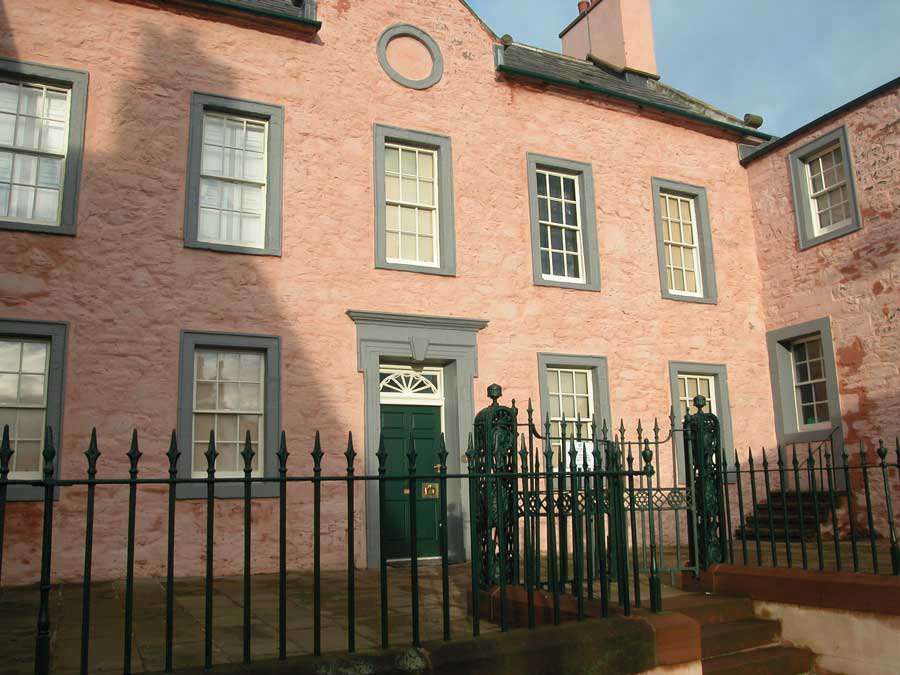This article originally appeared in our June 2005 issue.

Making paints in shades used in England and America from the seventeenth century onward has been a growing industry both in this country and abroad. It has advanced in step with the technology for analyzing historical paint samples precisely. Several decades ago the reigning method of ascertaining the history of color on the walls of a historic house was by scraping the layers of paint to reveal the different shades and then mixing a matching paint “by eye.” One of the most obvious problems with this method is to guess how the color sample has faded or otherwise changed over the years as it was exposed to light, fireplace and candle smoke, and other elements. To confuse matters more, when one coat is painted over another, the new layer can affect the color of the one underneath.

Today, that guessing game has been replaced by the use of scientific instruments that include a polarizing, or a scanning electron microscope and a spectrophotometer. In England most paints were mixed on the site to an architect’s specifications, because, as Sir Roget Pratt noted in the mid-seventeenth century, “The colours for rooms ought not to be taken at random but be chosen according to the much or little light, or space of the places etc.” But it is not just color that needs to be determined in order to replicate historical paints. Oil, water, distemper, and lead were all used as bases for paints in earlier times, and each of these created a different surface texture. The presence of these base ingredients can also be determined and re-created scientifically, with the exception of lead, which is now banned as a constituent of paint. What are known as common colors were made up of pigments derived from earth pigments, and these were much less expensive than tints derived from more costly materials. Aside from being more economical, they were often also more colorfast.

In 1960 Robert Baty established the firm Papers and Paints in London, which is now run by his son Patrick. The company offers a number of services for those who seek information about the paint in buildings dating between about 1650 and 1850. It has created a line of paints called the Traditional Colour Range that is based on three sources: a set of painter’s sample cards dating from 1807, research by specialists, and early paint recipes using ingredients that correspond as much as possible with the originals. The Historical Colour Range is a line of 112 paints drawn from the 136 colors published in A Tint Book of Historical Colours issued in 1934 by Thomas Parsons and Sons. Paper and Paints also has a color matching service that will replicate a hue found in a paint flake, wallpaper, fabric, tile, or any other source, even if it is not already contained in their database of more than one hundred thousand colors.
The firm carries out paint analysis on historical buildings by taking samples of the paint from between forty and one hundred places in a room. The cross sections of the samples are analyzed, and the pigments are identified under a polarizing or scanning electron microscope. This can determine the age of a paint layer or finish such as grain painting or marbleizing by identifying the presence of various pigments whose date of introduction is known.

Papers and Paints has conducted paint analysis and supplied paints to hundreds of historic buildings in England and the United States. Among the more familiar of these are Kew Palace, the silver and British galleries at the Victoria and Albert Museum, Buckingham Palace, Sir John Soane’s Museum. Somerset House, the Wallace Collection, the Metropolitan Museum of Art, Colonial Williamsburg Foundation, and Tryon Palace. Baty also corresponded with the curator of the Warner House in Portsmouth. New Hampshire, about the smalt that was found in the parlor bed-chamber there, which was the subject of an article in The Magazine ANTIQUES in February 2005 issue. Paper and Paints may be contacted by telephone at 44-20-7352-8626 or online at www.colourman.com.
